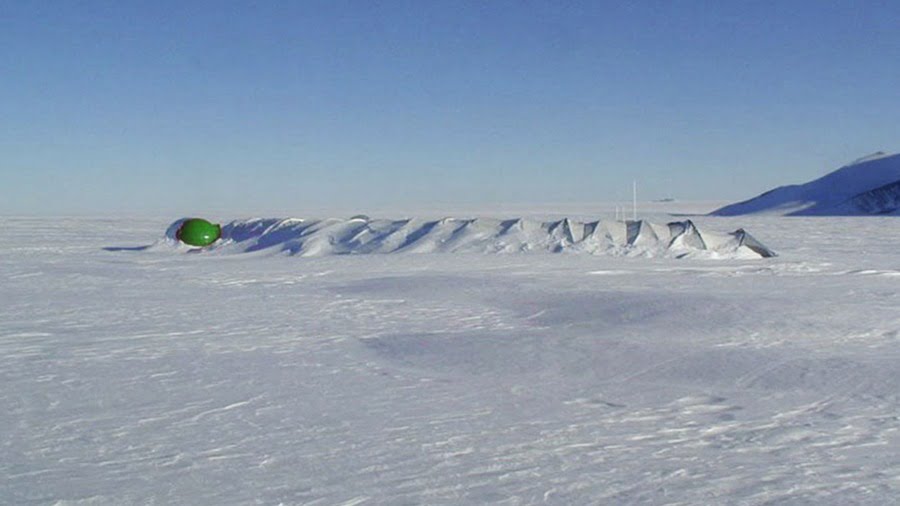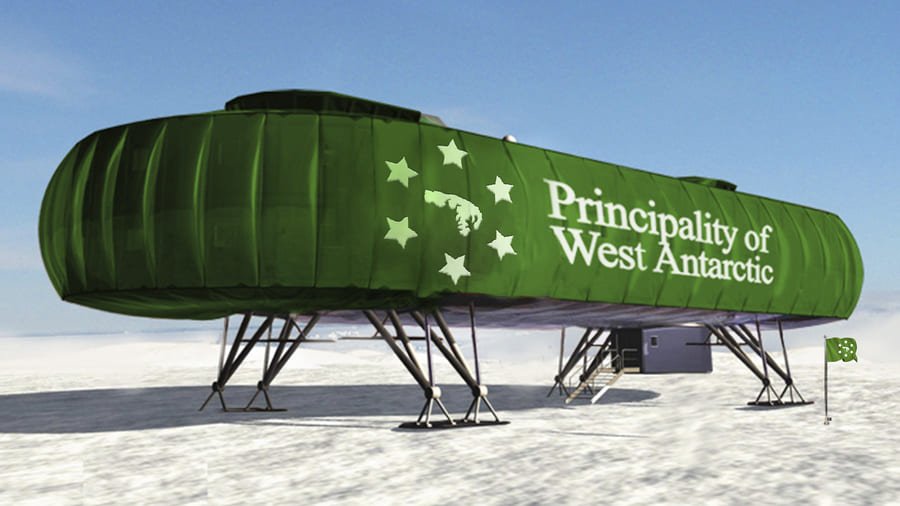The architecture in Antarctica is a challenge to nature, the climate and requires new weather-resistant materials.
The South Pole is the coldest place on Earth and architecture in Antarctica continues to be a challenge. The extreme temperatures condition the architecture of the more than 40 databases where scientists live. It is a huge technical challenge to build there. In this article, we tell you about the architects’ efforts to make their buildings modern and functional.
In the so-called “ice continent” it hardly rains at all. Antarctica averages the lowest humidity on the planet. Although winds are unstable, the average wind speed is over 100 km/h. The temperatures hardly ever rise above -10 degrees Celsius. Winter lasts six months, during which there is little sunlight. And the summer also lasts for the same period, with almost no nightfall. These are all key elements for architects when proposing new ideas.
The first scientific base in Antarctica was founded by Argentina in 1904. The Orcada Base, one of the most famous, is still in operation. There are currently more than 40 permanent research and exploration bases in Antarctica. These bases are controlled by 20 countries. They are home to just over 1,000 people during the winter. In the summer, the number rises to more than 3,600, and most of them are scientists.

Architects have found ingenious solutions
There are three types of settlements in Antarctica according to their size: station, base, or camp. Their constructive typology varies. These can be steel or wooden dwellings, and can be small prefabricated, with tunnels and containers. There are also the large, prefabricated buildings. These are coupled modules and compact buildings.
Under such difficult conditions, architects have found ingenious solutions. The Halley VI Station in Great Britain, for example, consists of eight modules. They are mounted on hydraulic legs that have ski-like mechanisms. The station can therefore be moved with the support of heavy equipment. This allows it to be relocated more quickly and easily.
The principality of West Antarctic and the Antarctic Lands Organization encourages architectural and engineering studies in extreme conditions to promote the sustainable living conditions of Antarctica.

